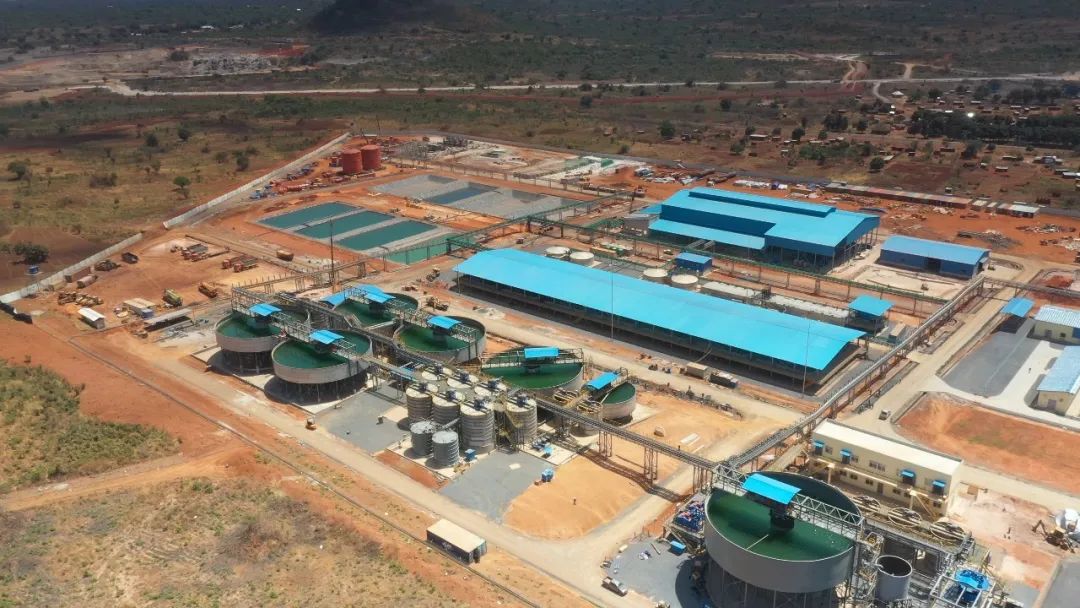Belt & Road’s Funding Shortfall: Hong Kong’s Key Opportunity
By Ian Mann, Partner, Harneys
The mighty Dragon has changed direction. It has begun to breathe fire West, across an ancient route through the Taklimakan Desert, bounded by the Kunlun Mountains to the South and the Pamir Mountains to the North, once known as the Silk Road, now known as the “Belt and Road Initiative” (‘BRI’). The BRI is the greatest infrastructure project in human history, affecting 65 percent of the world’s population, 70 countries and 30 percent of global GDP, driven, in part, by a Chinese economy with over-capacity.
The role for Hong Kong is very simple. The BRI cannot be funded with current capital commitments. It requires funding from international finance markets. Hong Kong is uniquely placed to be the centre for capital-raising for BRI projects. Packaging a comprehensive suite of services to this effect is the next step.
The BRI is a significant development strategy launched by Chinese President Xi Jinping in 2013. On 3 February 2018, Zhang Dejiang, Chief of the National People’s Congress addressed the Belt and Road General Chamber of Commerce here in Hong Kong and trumpeted the idea of Hong Kong playing a key role in BRI. At its heart it is, for all intents and purposes, infrastructure project financing. Building overland economic corridors towards Europe and maritime corridors through the Indian Ocean creates an infrastructure system designed to make China the primary economic power in the world. By investing in rail, ports and power plants along the centuries old silk routes, China is seeking to stimulate cross-border trade.
China has established two major new financial entities – the Asian Infrastructure Investment Bank (‘AIIB’), and the Silk Road Infrastructure Fund. The AIIB provides financing in a variety of ways including loans, investing in the equity capital of an enterprise and guaranteeing as primary or secondary obligor loans for economic development. The Silk Road Fund is a state-owned investment fund primarily backed by China’s foreign currency reserves to foster increased investment in countries covered by the BRI.
AIIB President Jin Liqun has stated that the bank aimed to lend US$1.2 billion in 2016. The bank approved US$3.3 billion in its second year for a total of just under US$4.5 billion in approved lending to date. However, the BRI has an infrastructure deficit estimated at US$1.5 trillion per year. The Asian Development Bank has estimated a funding shortfall for Asian (only) infrastructure projects of US$750 billion per year through 2020. Or another way at looking at it, the present China-based institutions do not have sufficient capital to make BRI work on their own. By way of comparison, the rival Asian Development Bank led by Japan approved new loans worth US$17.5 billion in 2016 andUS$19.1 billion in 2017 for a two year total of US$36.6 billion, more than eight times the approvals of the AIIB. In fact, China has borrowed more from the ADB than it has lent through the AIIB. Furthermore, increased exposure to countries with poor credit profiles along the Belt & Road could put China at risk of being bogged down by the costs involved. China will be keen to spread that risk with other financiers.
The BRI provides an historic opportunity to Hong Kong to leverage its status as China’s most cosmopolitan city – an efficient financial hub combining rich infrastructure experience, well-regulated markets with deep understanding of both Chinese and Western culture as well as business practices. BRI infrastructure projects bring together investors, bankers, construction companies and other business enterprises. The complex transactions require deep analysis of legal, regulatory and tax parameters involving multiple countries. Hong Kong is the world’s leading offshore renminbi market and gateway for more than half the mainland’s outward investment. Mainland companies account for half the market capitalisation of Hong Kong’s stock exchange offering direct two-way access to exchanges in Shanghai and Shenzhen.
Hong Kong’s resident BVI, Cayman Islands and Bermuda lawyers will play their usual support role to their Hong Kong counterparts in assisting in the establishment of offshore vehicles which provide efficient hub-connectors for the influx of capital and financing from around the world. As more flexible POEs play a larger part in BRI transactions, and as BRI transactions begin to move into more complex industries that benefit from improved infrastructure including technology and logistics, there will be greater requirements for more complex structuring. In such industries people and not assets are the real value and a holistic investment approach providing financial incentives and some influence over management can help to maximise returns and provide project stability. This is often best established through contractual agreement at the offshore level where both Chinese and local counterparties can have the comfort of a tax neutral platform with predictable laws and robust judges with disputes ultimately being capable of being resolved by the universally well-regarded Privy Counsel in the UK. Offshore structures will continue to facilitate international finance the BRI era. The opportunities for Hong Kong are boundless.
Please click to read the full report.




